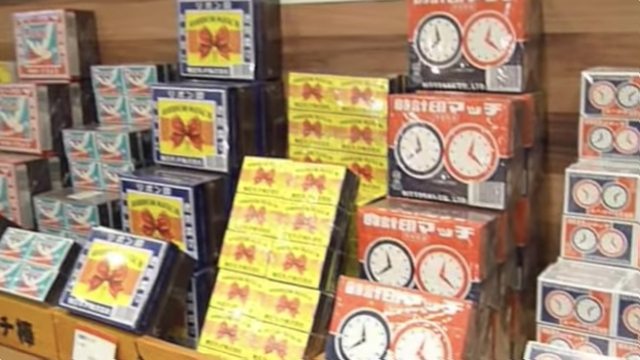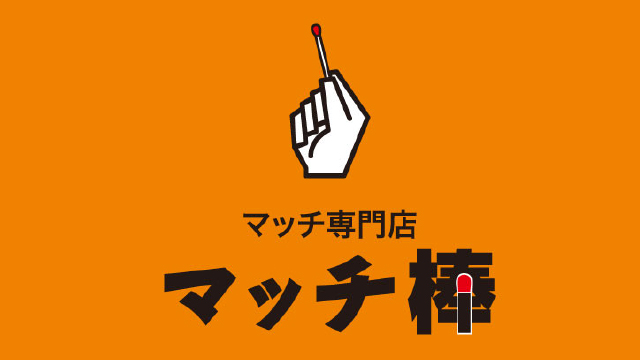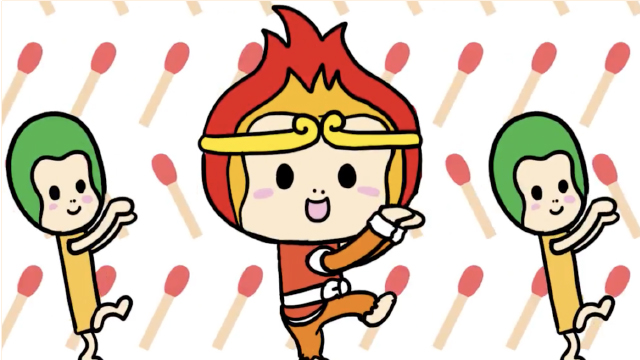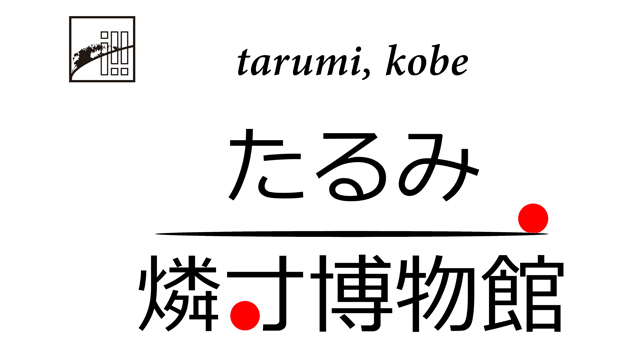Column
HOME > Virtual Museum > Column > The Match Museum in Sweden; the only match museum in the world
The Greatest Match Country of the World
Sweden is one of the Nordic countries that are in the limelight recently for designing refined furniture and lifestyle. Frankly speaking, there are only a few persons who know that Sweden is the greatest match country in the world. I think it is mysterious that the fact that Sweden has accomplished the large match industry and has been supplying matches to various countries in the world is hardly written in any books of guiding, of history, of nature of Sweden, and of industry in bookstores. Moreover, I wasn’t able to find single matchbox at the Swedish Product Booth of the Nordic Exhibition which was held at a department store in Ginza lately; so I asked about it at the Japanese-speaking information desk. However, not only none of the persons in charge knew about Swedish matches, but also they were amazed by the fact that Sweden was the largest match producer in the world. I, in a way, wondered if there were particular circumstances or reasons to hide the fact Sweden had been prosperous through the match industry since old times. I am also curious to know if Japanese department stores refrain from selling matches thinking they are out-dated items. Whatever it is, I wonder if the acknowledgment about Swedish Match is a trivial because there are no match description in books and no match displays at the Nordic Exhibition.The country named Sweden
What we know about Sweden is first of all, “The Country of Nobel Prize” founded based on the will of Alfred Nobel who invented dynamite, and then images of “welfare state”, “country of forests and lakes”, and “Kingdom of glasses” are recalled. In addition, though many are not aware, we owe Swedish people for inventions of refrigerator, vacuum cleaner, desk-top telephone, fastener, the pace-maker, seat belts, the mouse of personal computer, and the safety match, etc. The excellent body-shape bottle for the U.S.-made Coca-Cola was designed by a Swedish, too. As for companies, the world’s largest furniture chain store IKEA, the Volvo Car, SAAB, Ericsson of telecommunication equipments, and Hasselblad of the camera lens manufacturing are famous. The land in Sweden is 450,000 km2, which is 1.2 times larger than that of Japan, and 66% of the country is covered with the coniferous forests. The population is 9 million (the 84th in the world), which is very few compared with 130 million of Japan, and the Sweden’s population is at Kanagawa Prefecture and the Osaka Prefecture level. Jonkoping in Sweden : There were match factories in Norrkoping, Linkoping, and Jonkoping in the southeast area from Stockholm.
Jonkoping in Sweden : There were match factories in Norrkoping, Linkoping, and Jonkoping in the southeast area from Stockholm.
 The Svealand region is abundant in forests and lakes : The lake seen over there is Lake Vattern.
The Svealand region is abundant in forests and lakes : The lake seen over there is Lake Vattern.
The Match Museum
The Match Museum stands in Jonkoping, the largest town in Svealand Province outskirts of the big Vattern Lake, the second large lake in Sweden, in the southeast from capital Stockholm. In 1827, the friction match was invented by a British chemist John Walker using potassium chlorate and antimony sulfide on the burner side; and in 1844 John Edward Lundstrom and Carl Frans Lundstrom brothers in Sweden established a match factory in Jonkoping to manufacture lucifer matches. The lucifer match, which was quickly and widely used at the beginning of match industry period, was convenient as it was easily ignited, but at the same time it was dangerous because it started fire easily from slight friction and/or low temperature as well as yellow phosphorus toxicity that caused workers dreadful occupational disease, ‘the pocket poison gangrene,’ which became serious social issues. The Match Museum : Jonkoping is famous as the largest match town in the Svealand region. This museum is located about 280 km southeast from Stockholm.
The Match Museum : Jonkoping is famous as the largest match town in the Svealand region. This museum is located about 280 km southeast from Stockholm.
 Remains where there was once a Match factory : An old match factory that was reproduced in the site of the Match Museum
Remains where there was once a Match factory : An old match factory that was reproduced in the site of the Match Museum
 Curator of the Match Museum : She kindly explained the exhibition to us.
Curator of the Match Museum : She kindly explained the exhibition to us.
 Advertising plates : Factory scenes in Jonkoping and many of trademark matches
Advertising plates : Factory scenes in Jonkoping and many of trademark matches
 John and Carl brothers : The safety match still used now was invented by John Lundstrom.
John and Carl brothers : The safety match still used now was invented by John Lundstrom.
 A match manufacturing worker’s house : The matchboxes were assembled at home, and the pasting process is shown with mannequins.
A match manufacturing worker’s house : The matchboxes were assembled at home, and the pasting process is shown with mannequins.
 Transcribed lithography stone : The picture was lithographed on the match label using the transcribed lithography stone.
Transcribed lithography stone : The picture was lithographed on the match label using the transcribed lithography stone.
 Alexander Ragelman : He succeeded in the mechanization of manufacturing matches in 1892.
Alexander Ragelman : He succeeded in the mechanization of manufacturing matches in 1892.
 The automatic match manufacturing machine : Innumerable match sticks were set in the manufacturing machine, and combustion chemical was applied at the head of match sticks, which were dried while rotating.
The automatic match manufacturing machine : Innumerable match sticks were set in the manufacturing machine, and combustion chemical was applied at the head of match sticks, which were dried while rotating.
 The automatic machines to align the match sticks : Many old machines are exhibited.
The automatic machines to align the match sticks : Many old machines are exhibited.
 San match : The brand was born in 1936, and the company’s slogan has been “For child and for senior citizens,” and a part of sales of the matches is donated to the management of the event.
San match : The brand was born in 1936, and the company’s slogan has been “For child and for senior citizens,” and a part of sales of the matches is donated to the management of the event.
 Trademark match labels made by Jonkoping Company : Three-star brand was designed in 1887 and spread worldwide.
Trademark match labels made by Jonkoping Company : Three-star brand was designed in 1887 and spread worldwide.




